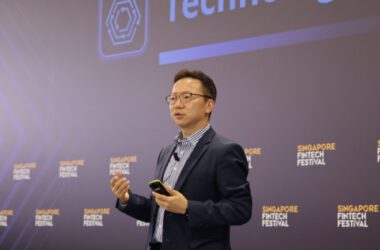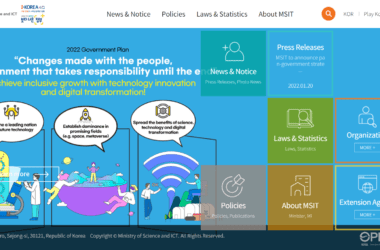Quick take:
- Nvidia CEO Jensen Huang says machines could connect the physical world with the metaverse.
- The graphics processing unit and computing chipmaker’s web3 vision focuses on building the industrial metaverse.
- The company has also developed a real-time graphics collaboration platform Omniverse for metaverse builders.
Nvidia CEO Jensen Huang has revealed his company’s big plans for the metaverse. Huang spoke to VentureBeat’s GamesBeat panel about his company’s vision for the metaverse. Nvidia is one of the biggest mainstream tech companies to foray into the metaverse.
The graphics processing unit (GPU) company’s Omniverse recently rolled out globally giving more creators a platform to build metaverse products.
Nvidia has taken a different approach to the metaverse by choosing to focus on building and automating the industrial metaverse.
The industrial metaverse is an immersive 3D virtual space that leverages Nvidia’s Omniverse, AI-based automation programs and VR/AR devices to connect the physical world to the virtual universe.
This segment of the metaverse allows users to work on projects remotely from the site and collaborate with their on-site colleagues seamlessly. It has also been adopted in training programs for military units, including the US army.
Huang described the metaverse as a “3D extension of the internet”. In his conversation with GamesBeat, he said: “A lot of people think that—when you say “metaverse,” they imagine putting on VR headsets, but it’s obviously not just that.”
The Nvidia CEO emphasized that while it is possible to experience the metaverse in 3D, you can also do that in 2D. Generally, you do not need to be immersed in a metaverse experience in order to interact with it. Some companies have already designed metaverse projects that do not require the use of AR/VR or extended reality devices, thus justifying Huang’s statement.
“One of my favourite ways of enjoying the metaverse is a whole bunch of robots in the metaverse doing work and communicating with robots that are outside in the physical world,” he added.
According to Huang, “The physical world and the metaverse can be connected in a lot of different ways. It doesn’t just have to be humans. It can be machine to machine.”
Nvidia has already made some inroads towards making the industrial metaverse commercially viable.
In September, the company collaborated with the University of Houston, the AI Innovation Consortium, and TechnipFMC to build commercially relevant use cases and accelerator tools for the industrial metaverse.
In June, Nvidia also announced a partnership with German automation company Siemens to accelerate the automation of the industrial metaverse. The two companies are working together to integrate Siemens’ Xcelerator digital business platform with Nvidia’s Omniverse, allowing businesses to create and use digital twins in the metaverse.
Earlier this year, the US tech giant revamped its Omniverse platform with new creator tools and features after making it free for individual users.
Stay up to date:





